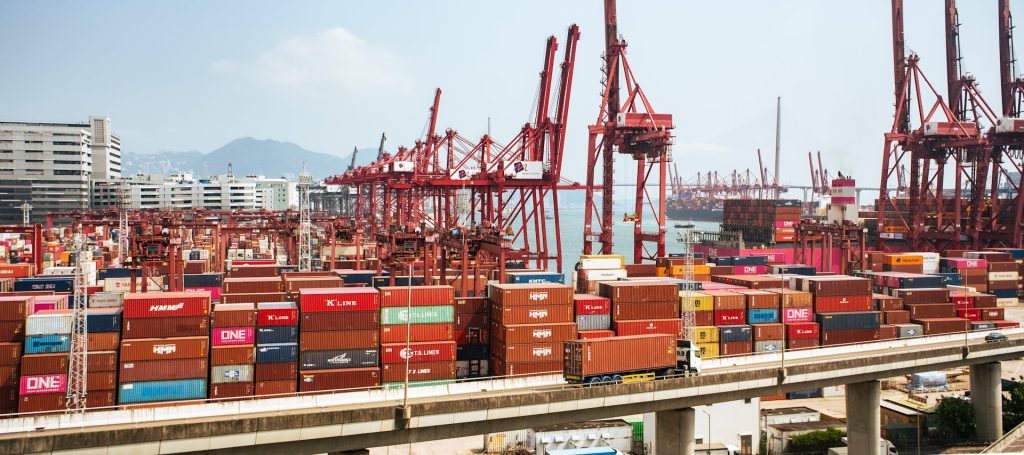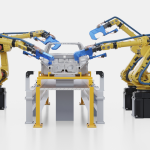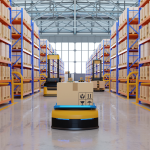The promise of nearshoring – faster lead times, proximity to end markets, and lower geopolitical risk – has now met reality. Rising regional costs, fragmented upstream supply bases, and demand volatility are challenging the idea that proximity alone equals agility. Today, the competitive edge lies not just in location, but in how companies harness data to dynamically respond to change across nearshore networks.
In this third part of our nearshoring series, we explore how manufacturers are redefining agility through data-driven operations, automation, and real-time visibility – moving beyond proximity as the primary lever of resilience.
Digital Agility Beats Geographic Advantage
The early wave of nearshoring focused largely on geography – relocate production closer to key markets and shave weeks off the lead time. But that equation has since grown more complex. Labor costs in Mexico and Eastern Europe are rising. Port congestion and inland logistics challenges remain unpredictable. And despite regional manufacturing, many critical inputs, from semiconductors to specialty materials, still originate in Asia.
To counteract these constraints, companies are shifting focus from cost-driven relocation to capability-led redesign. Instead of betting on physical proximity alone, leading supply chain teams are building real-time visibility through connected technologies, such as IoT sensors, predictive analytics, and control towers, that allow them to identify disruptions faster, shift capacity earlier, and orchestrate suppliers more effectively.
Manufacturers like Schneider Electric and Tesla are putting this into practice by embedding control towers, digital twins, and predictive analytics into their regionalized operations. Schneider Electric’s new smart factory in Monterrey, Mexico—part of its global network of digitally enabled facilities—uses IoT sensors and an integrated Manufacturing Execution System (MES) to capture production, quality, and energy data in real time. This allows teams to adapt production schedules dynamically, anticipate maintenance issues, and optimize workforce deployment based on demand shifts.
Tesla’s Gigafactory in Nuevo León is applying similar logic with vertically integrated systems that link design, manufacturing, and logistics. By integrating regional procurement data with in-factory telemetry and transport analytics, Tesla can adjust sourcing decisions and production rates in near-real-time across multiple SKUs—even while managing labor fluctuations and upstream material constraints.
These aren’t just digitized factories—they’re programmable nodes in a larger, flexible network. Proximity may get goods to market faster, but data determines how reliably, and how profitably, that happens.
Automation and the New Labor Equation
As labor volatility rises across traditional nearshore markets, from Northern Mexico to Eastern Europe, companies are shifting their playbook. Rather than chasing lower wages, they are rethinking the human-machine balance across their operations.
Flex, the global contract manufacturer, recently revamped its Guadalajara facility to serve North American medical and industrial clients with higher degrees of automation. Using autonomous mobile robots (AMRs), vision-based inspection systems, and AI-enabled capacity modeling, Flex has reduced changeover times and improved order responsiveness while lessening its reliance on manual labor.
This isn’t just about efficiency—it’s risk mitigation. Automated systems allow manufacturers to buffer against wage inflation, workforce turnover, and regulatory changes. More importantly, they enable faster reconfiguration of production lines—critical in industries where demand shifts or customization cycles are tight.
Rethinking Nearshoring as a Digital Operating Model
As nearshoring strategies evolve, it’s clear that operational resilience can no longer be achieved through geography alone. Manufacturers are moving beyond proximity and toward systems that anticipate, respond, and adapt in real time. Data integration, automation, and digital coordination are no longer enhancements—they are prerequisites.
This shift does not signal the end of global networks, nor a wholesale replacement of traditional models. Instead, it reflects a more mature approach: using regional hubs not just to produce, but to perform. For supply chain leaders, the task ahead lies in building architectures that are not only closer to demand, but closer to insight.







